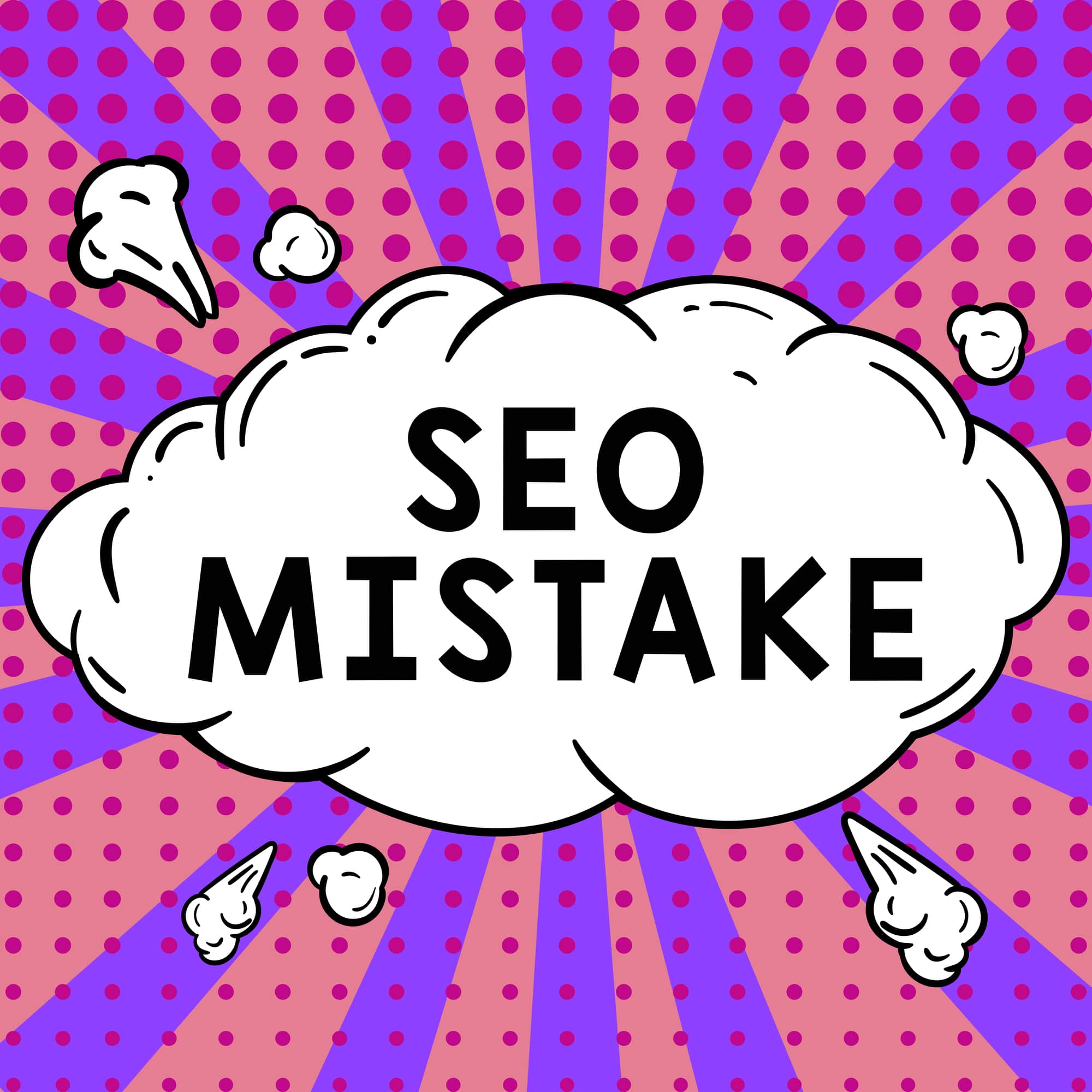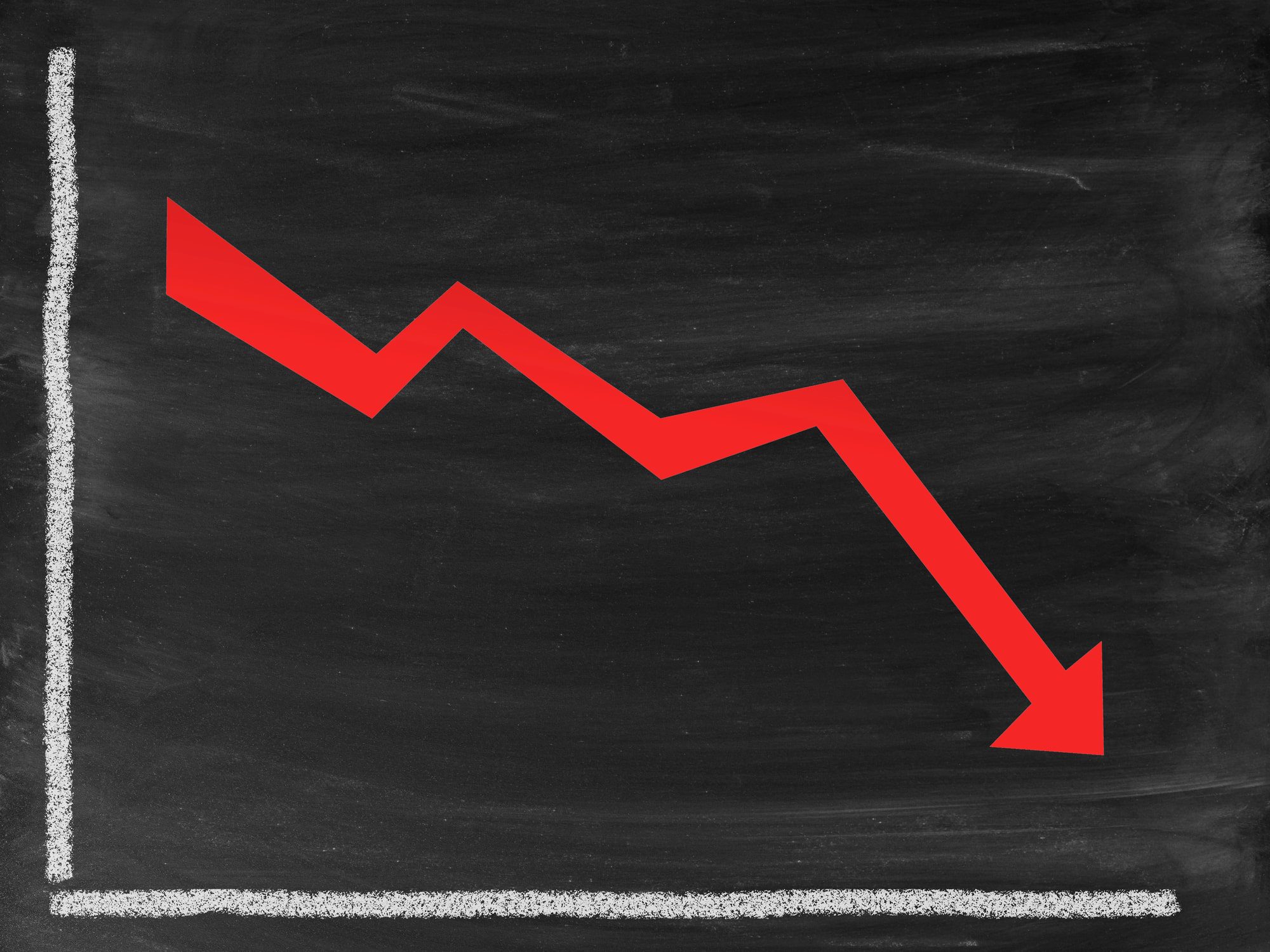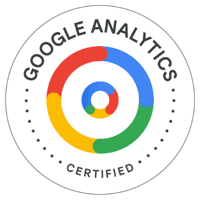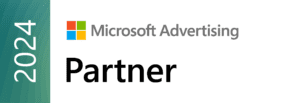 If you have a business website that you want customers to find, there’s no denying that you should invest in SEO. The problem is, SEO can feel complicated if you’re not in digital marketing (and sometimes even if you are!). The complications often lead to a number of common SEO mistakes. Here are a few I’ve noticed when auditing websites over the years:
If you have a business website that you want customers to find, there’s no denying that you should invest in SEO. The problem is, SEO can feel complicated if you’re not in digital marketing (and sometimes even if you are!). The complications often lead to a number of common SEO mistakes. Here are a few I’ve noticed when auditing websites over the years:
SEO Mistake #1: Ignoring Keyword Research
You hear it all the time: content is king. You may have heard that your business needs a blog. But that doesn’t mean you should blog about anything you want. The term “blogging” isn’t the same as what it used to be. Blogging is still relevant, but there needs to be some strategy behind it. Some keyword research.
Producing a large volume of content will not automatically drive traffic and improve your rankings. Targeted keyword research can. Keyword research can help you align your content with what customers are searching for. It can also identify the terms and phrases your customers use (say, “plumbing company” vs. “plumber”).
SEO Mistake #2: Keyword Stuffing
On the other side of the coin, I’ve definitely seen my fair share of companies that overdo it on the keywords. Overloading content with keywords can lead to penalties from search engines and make your content difficult to read.
Consider these two paragraphs:
Keyword-Stuffed
If you’re looking for the best coffee shop in Baltimore, look no further than our coffee shop in Baltimore. Our coffee shop in Baltimore offers the best coffee in Baltimore, the best pastries, and the best ambiance in town. Whether you want a latte, an espresso, or a cappuccino, our coffee shop in Baltimore has the best coffee options for you. Visit our coffee shop in Baltimore today.
You may remember reading similar content like that many years ago. Keyword stuffing used to work for SEO, but it led to untrustworthy websites ranking at the top of search engine results and gave users a poor experience. Now, a better paragraph would be something more like this:
Better Quality
Come see what’s brewing at our coffee shop in Baltimore. Our baristas brew coffee from the finest beans, ensuring each cup is rich and flavorful. Whether you prefer a smooth latte, a bold espresso, or a frothy cappuccino, we have the cup you’re looking for. Pair your drink with one of our fresh-baked pastries and sit with us for a while. You’re sure to taste the difference that quality ingredients can make.
You still get your keyword into this paragraph, but it’s much easier to read (and better quality overall).
SEO Mistake #3: Poor Quality Content
Speaking of quality content, keyword stuffing isn’t the only thing you need to worry about.
Poor quality content might be:
-
Thin: Pages with very little information that fail to provide meaningful insights or answer users’ questions. For example, this article would be thin if I provided the SEO mistakes in a list format but didn’t provide any insights to go along with them. It doesn’t have to refer to blog content though. Product pages can also be thin if they don’t provide enough information. (Which can be bad for conversions too!)
-
Irrelevant: Content that does not match the business or audience. For example, a tech blog posting about fashion trends or a digital marketing agency posting about the best coffee shops.
-
Clickbait: Articles with sensational headlines that do not deliver on their promise. You can have a clickbait title… if you deliver on the content.
-
Duplicate: Content that is copied and pasted from other sources (including your own) without any original input or unique perspective. Example: A shoe store that copies exact product descriptions from the manufacturer’s website.
-
Outdated: Content that has not been updated in years isn’t likely to rank. Especially when it contains obsolete or incorrect information. And it’s not enough to update the publish date. You want to update the actual content too.
Quality content should be informative, engaging, and tailored to the audience’s needs.

SEO Mistake #4: Duplicate Content
I mentioned it briefly above, but it’s worth mentioning here on its own. Having duplicate content on your site can confuse search engines and dilute your ranking potential. Each page should have unique and original content. And I’m not talking about obvious plagiarism. I’ve seen holding companies publish the same blogs on 5+ different business websites they own. And I’ve seen restaurants write the same menu item descriptions on multiple pages. If you can’t come up with original content for each page (or it doesn’t make sense to), you should set up canonical tags.
SEO Mistake #5: Slow Website Speed
When a page takes too long to load, visitors are likely to abandon the page. Not only does a slow site frustrate potential customers, but it can directly affect your rankings too. Here are some tips to optimize your website speed.
SEO Mistake #6: Neglecting metas, headings, and alt tags
You should focus on writing for humans. But you have to balance that with writing for search engines too.
Title tags can improve your click through rate from organic search, which can improve your rankings.
Meta descriptions can improve your click through rate as well, and they also provide context for search engine crawlers.
Headings provide structure and make your content easier to read and skim.
Alt tags describe images for search engines and improve accessibility for users with visual impairments.
Ignoring any of these elements can lead to lower rankings and a diminished user experience.

SEO Mistake #7: Ignoring Technical SEO
Some companies ignore the technical side of SEO altogether and only focus on content. But if your site isn’t technically sound, it’s unlikely to rank (no matter how good your content is). Technical SEO includes things like site speed, mobile-friendliness, XML sitemaps, and security. It builds the foundation for your other SEO efforts. If your website doesn’t work… where will your content go? How will search engines crawl and index your site?
SEO Mistake #8: Forgetting About Links
The term “link-building” is sometimes seen to be a bad word. That’s due to a selection of bad actors who obtain low-quality links and spam. But link-building isn’t a bad thing.
In fact, internal link-building is absolutely necessary for search engines to crawl your website.
And when done right, external links can improve your site’s credibility and send “trust signals” to users and search engines.
SEO Mistake #9: Not Optimizing for Mobile Devices
If your site doesn’t load on mobile devices, Google won’t index it. That means you won’t show up in search results.
It’s not enough to simply load on mobile devices though. Your site should be optimized for them.
Mobile optimization involves responsive design, fast loading times, and easy navigation. If you’re an e-commerce store, the checkout process should be seamless on mobile. Your product pages should be easy to read.
In fact, many companies are choosing mobile-first website design.
SEO Mistake #10: Broken Links
It’s inevitable that you’ll remove a page from your website at some point. Without a redirect, it will lead users to a 404 error. 404s are frustrating for users and tell search engines that the site is not well-maintained. You can optimize your 404 pages, but ultimately you want to redirect users to another page that makes sense.
SEO Mistake #11: Ignoring Local SEO
When was the last time you updated your Google Business Profile? Have you responded to recent reviews? Do you have local landing pages on your website? Ignoring local SEO is a missed opportunity to show up in the map pack and in organic search results. Your business should optimize pages for local keywords, manage online reviews, and ensure consistent NAP (Name, Address, Phone) information across all online listings.
SEO Mistake #12: Not Updating Content
Again, I already briefly mentioned this one when I talked about quality, but it deserves its own section because it’s such a common SEO mistake. If your website still has content from 10 years ago, you should take a look back and see if you can update anything. You want as much of your content as possible to be relevant to your audience (and correct too).
Things often change, and a quick review of your most popular posts may help you discover content that needs to be corrected/updated.
Outdated content gets pushed down in search results. Google pays attention to your publishing dates and update records.
It’s not enough to change the date and move on though. You need to add new information, update statistics, and revise outdated sections.
SEO Mistake #13: Lack of Analytics/Tracking
This is a big one. What’s SEO without data? Without analysis, businesses can’t understand how their website is performing and where they need to make improvements. You should be using tools like Google Analytics, Search Console, and others to understand user behavior, traffic sources, and more.
How else will you know what’s working? Data can help you optimize your strategies, improve UX, and rise in search engine rankings.
SEO Mistake #14: Tracking the Wrong Data/Info
Just as important as tracking data is tracking the RIGHT data. There is no one-size-fits-all approach to data analysis. What you want to track depends on your business, your industry, your goals, and even your competition.
Metrics like total page views or social media likes sound good, but they won’t always correlate with business goals.
You need to come up with a strategy on what data best aligns with your goals, and then start tracking.
SEO Mistake #15: Trying to Do it All on Your Own
SEO can feel complicated, especially when you’re trying to manage every other aspect of your business. From keyword research and content creation to technical optimization and link building, it’s easy to make common SEO mistakes that can hinder your website’s performance and visibility.
Partnering with a digital marketing and SEO agency can save you time, stress, and resources while ensuring your website avoids these pitfalls. periscopeUP’s team of experts stays up-to-date with the latest SEO trends and best practices, using proven strategies to boost your rankings and drive targeted traffic to your site. Don’t let SEO mistakes hold your business back. Contact us today to see how we can help you achieve your digital marketing goals faster. Call us at (443) 475-0787 or send an email to info@periscopeup.com.









